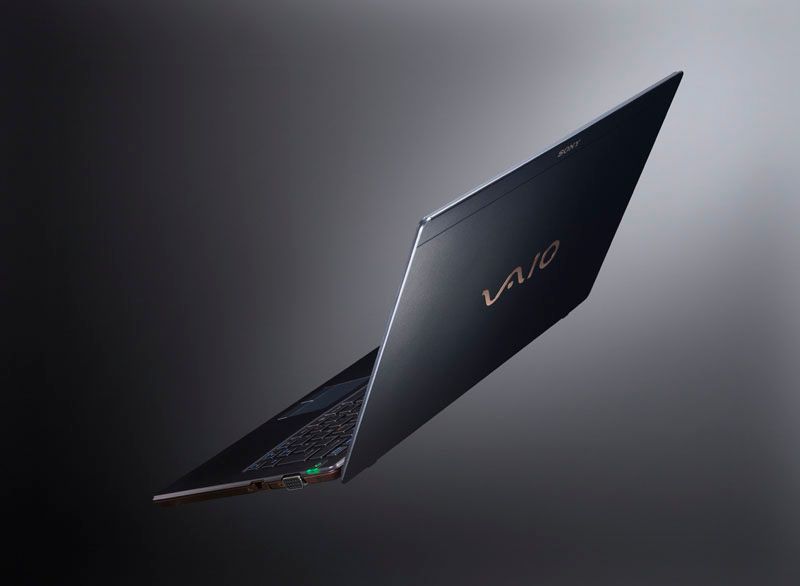It’s easy to imagine that Sony has been hit harder than most by the current netbook explosion, with little point in paying a premium for high-end ultraportable machines when a netbook will suffice. The Sony VAIO VPC11Z1E/X-series aims to change this, proving far more portable than any laptop or netbook we’ve seen so far.
Our quick take
There’s no doubt about the amazing portability on offer from the Sony VAIO VPC11Z1E/X, but whether it’s worth the money will depend entirely how much you value that portability. Think of it as a Sony VAIO TT replacement – a high-end ultraportable for executives – and it’s an excellent little device. It’s difficult to escape the fact that it does the same job as many netbooks however, and although none can match it for wow-factor or quality, several can better it for battery life or performance.

Sony VAIO VPC-X11Z1E/X notebook - 4.0 / 5
| FOR | AGAINST |
|---|---|
|
|
It’s even thinner and lighter than the company’s own miniscule VAIO P-series, although a lot more conventional in design. It measures just 16mm in depth, and weighs comfortably under 800g, and genuinely is a laptop you can put in your bag, take with you everywhere you go and forget it's there.
The 11.1-inch led-backlit screen is excellent, and every bit the equal of other similarly priced ultraportable laptops. The resolution of 1366 x 768 pixels results in sharp image quality, and colours are also vivid and true. With a screen coating that sits somewhere between matt and glossy, brightness levels are good, and reflections are also well suppressed when working outdoors.
The keyboard is tiny, but is surprisingly usable, even for those with larger hands and fingers. The keys themselves are also small, but it’s not problematic due to decent spacing between each one. The main issue is the amount of travel – or lack of – caused by the thin size of the laptop itself. It means the keys only move a fraction when typing – it’s not an issue once you get used to it – but it’s unlikely to suit all users.
The square touchpad is smaller than the one found on Sony’s VAIO W-series netbook, but it’s precise and responsive. Like the keys, the touchpad buttons are large enough for comfortable use, but are also restricted in movement.
Sony has used carbon fibre to help keep the weight as low as possible, distinguishing this machine from the netbooks it will inevitably be compared to. Quality is excellent, with a perfect fit and finish to all of the panels, with an attractive glossy carbon lid. It’s not a machine you’ll be able to throw in your bag without any protection, however, with the skinny chassis flexing more than most laptops or netbooks.
Those of you expecting to find a CULV processor at the heart of this machine will be disappointed as, like the VAIO P-series, Sony has stuck to an Intel Atom Z550 chip. That said, at 2GHz, it’s quicker than the current crop of netbooks – further helped by 2GB of memory and a 256GB solid state drive. Battery life is also decent – lasting for over 6 hours with the standard four-cell battery.
Unsurprisingly, you won’t find that many ports on the chassis. The two USB ports are located annoyingly close together on the left-hand side of the machine, there’s a VGA port but no HDMI, and a couple of card readers on the front supporting both Sony’s Memory card format and the more popular SD format.
You’ll also find a half-sized Ethernet port, with the lower half dropping down when you want to connect an Ethernet cable. Because this lowers one side of the X-series slightly, there are a couple of little legs on the bottom of the machine, helping to keep it stable. Wireless connectivity on the range topping model is top-notch, with 802.11n Wi-Fi and a 3G/HSDPA adapter both built-in.
To recap
Incredibly small and light, this laptop sets the bar for portability, but it’s expensive and has the entire netbook market snapping at its heels
